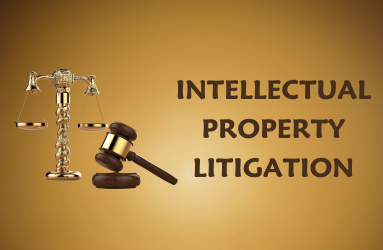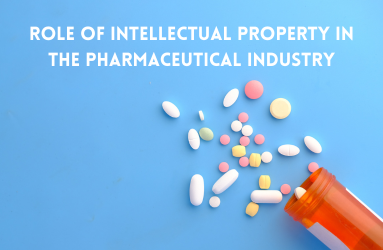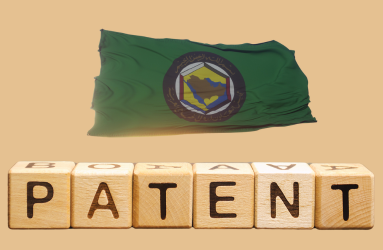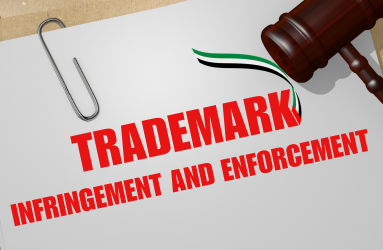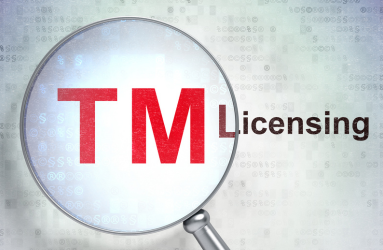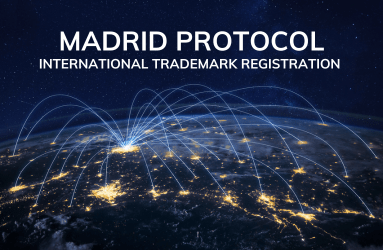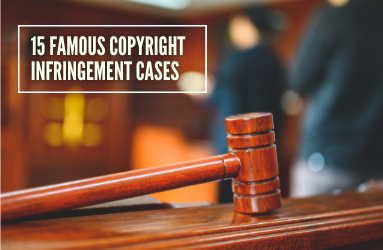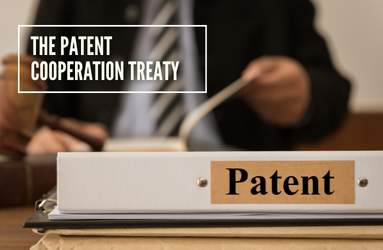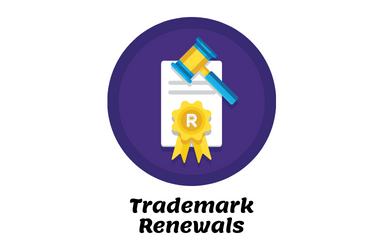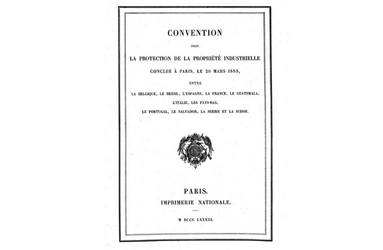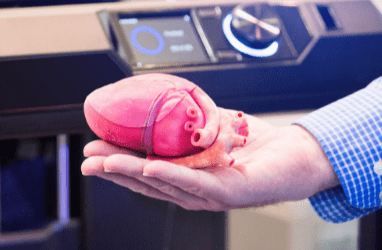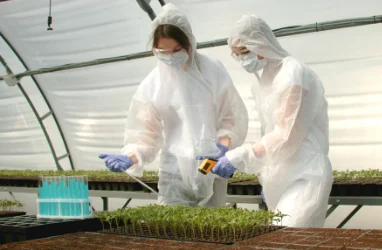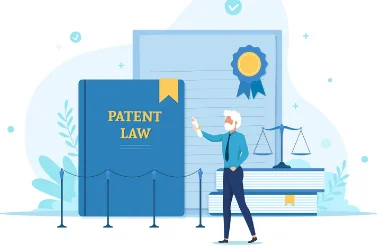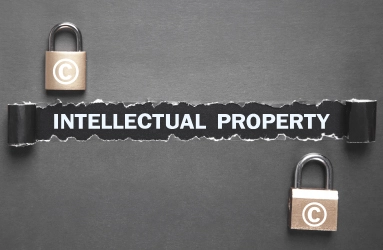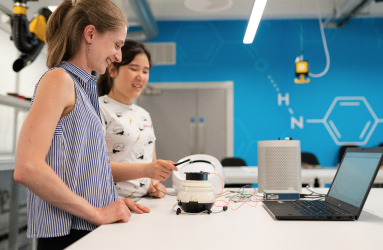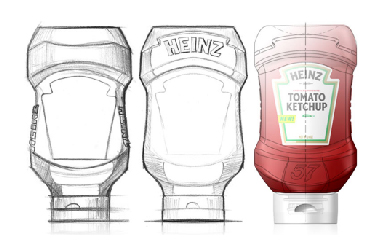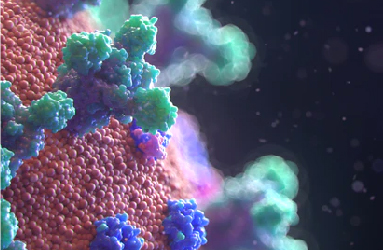A Guide to Intellectual Property Protection in Biotechnology and Genetics

As a Biotechnology or Genetics professional, you understand the importance of protecting your intellectual property (IP). Your life’s work depends on developing innovative techniques and processes. Without strong IP rights, competitors could copy your advances without consequences. This article provides key insights to help secure your discoveries.
In this article, we discuss types of IP protection available, how to identify IP assets, pros and cons of different strategies, and steps to take at each phase from conception to commercialization. Whether you are a researcher, business owner or investor, these tips can help you capitalize on your innovations while avoiding infringement. Read on to learn how to fortify your IP position in the dynamic biotech and genetics landscape.
Understanding IP in Biotechnology and Genetics
Intellectual Property in Biotechnology and Genetics refers to creations of the mind that can be legally protected for commercial benefit. The major types of IP protection used in these fields are patents, trade secrets, trademarks, copyrights, and regulatory exclusivity.
Patents
Patents are significant for securing intellectual property rights in biotechnology and genetics since these areas are research-intensive, costly, and competitive. Patent licenses give motivations for companies to contribute to creating modern advances and can progress wellbeing and save lives. Moreover, they empower innovators and companies to set up a competitive advantage, attract investments, and gain commercial esteem from their work. In general, the patent framework plays vital role in advancing biotechnology and genetics.
In summary, patenting in these fields requires addressing complex issues around patentable subject matter, overcoming challenges inherent to the domain, and considering ethical implications. When use responsibly, patents can drive innovation that improves lives. Balancing all these factors is key to an effective and equitable intellectual property system.
Trade Secrets
Trade secrets, as defined by the Uniform Trade Secrets Act (UTSA), encompass a wide array of confidential information, ranging from processes, formulas, patterns, techniques, and methods to devices, programs, and compilations. These valuable assets are safeguarded under both state and federal laws. As long as you take reasonable measures to keep the information secret, trade protection can last indefinitely. In the biotech industry, trade secrets are commonly used to protect manufacturing processes, research methods, and formulas.
Moreover, patents necessitate the disclosure of the invention to the public, whereas trade secrets maintain innovation confidentiality within a company, exempting them from disclosure. However, trade secrets are susceptible to theft, as employees, developers, suppliers, collaborators, or any interested parties could memorize or record the information. Despite this vulnerability, a company's trade secrets often complement its patent rights, enhancing its overall intellectual property protection. However, if the secret information becomes public through any means, trade secret protection is lost. Trade secrets require measures to maintain secrecy, like non-disclosure agreements.
When a trade secret is used and managed correctly, it provides a meaningful advantage against competition. In fact, there might be a situation where it makes more sense to forgo filing a patent application and simply treating something as a trade secret.
Trademarks
Trademarks protect brand names, logos, and slogans used to distinguish products in the marketplace. In biotechnology, trademarks are useful for protecting product and company names and are used to brand products like pharmaceuticals, genetically engineered crops, branding/marketing terms, research tools and names for products, equipment, services and more. They are often overlooked, despite having real value later on when marketing becomes essential.
Trademark protection can last indefinitely as long as the mark is renewed and continues to be used in commerce.
Copyrights
Although it may seem unlikely, copyrighted works and copyright law are significant considerations in biotechnology. DNA sequences, in particular, have sparked debates regarding their eligibility for copyright protection as works of authorship. Although, it appears that the Copyright Office does not agree that DNA sequences are copyrightable.
They also protect original works of authorship like software, databases, technical manuals, and scientific publications. While limited to the expression of ideas rather than the ideas themselves, copyrights can still be useful in the biotech industry to protect materials such as educational content, digital media, bioinformatics software, genomic databases, and other informational tools.
Copyright protection lasts for the life of the author plus 70 years.
Regulatory Exclusivity
Regulatory exclusivity refers to a period of marketing exclusivity granted by regulatory agencies upon approval of a new drug, biologic, or medical device. In the US, the FDA may grant 3 to 7 years of exclusivity to prevent competitors from relying on the data in your application. The EU has similar provisions that grant 8 to 11 years of exclusivity. Regulatory exclusivity provides strong protection but only for a limited time.


Ethical Concerns and Challenges in Intellectual Property in Biotechnology and Genetics
Patenting biological materials and medical treatments creates ethical concerns, such as the commodification of life and the cost of healthcare. In response, rules like the Genetic Information Nondiscrimination Act (GINA) have been enacted to promote ethical behavior. Patents on human DNA and stem cells have also been contested. The Bayh-Dole Act allowed universities and research institutes to patent ideas resulting from government supported research with the goal of commercializing them to benefit the public. However, this has led to disagreements over who owns intellectual property rights.
- Gene Patenting
The exclusive rights to particular DNA sequences or genetic technologies are covered by gene patents. Gene patents encourage creativity, but they can also impede studies and limit access to genetic data. - Access to Genetic Information
The promise for tailored care with genetic data is enormous, but access to it must be weighed with concerns about equity and privacy. In order to guarantee fair access and the defense of individual rights, concerns about consent, data security, and discrimination must be addressed. - Infringement and counterfeiting
Unauthorized use or replication of patented technologies poses significant legal and ethical challenges. Notable cases highlight the repercussions of IP infringement on innovation, patient safety, and industry integrity.
Patenting Biotechnology and Genetic Inventions
Scope of Patentable Subject Matter
In biotechnology and genetics, patentable subject matter encompasses a wide range of inventions, including genetically engineered microorganisms, transgenic animals, therapeutic proteins, diagnostics, research tool, and medical treatments. However, laws of nature, natural phenomena, and abstract ideas are not patentable. Determining whether an invention falls within the scope of patentable subject matter requires careful analysis.
Challenges in Patenting
Patenting biotechnology and genetics inventions often poses challenges due to complex subject matter, ethical considerations, and rapidly evolving technologies. The non-obviousness requirement can be difficult to satisfy given the advanced, specialized nature of the field. Patent examiners with expertise in biotechnology and genetics are needed to properly assess patent applications.
Utility Patents
Utility patents protect the functional aspects of an invention for 20 years from the filing date. In biotech, this includes inventions like gene sequences, diagnostics, therapeutics, and research tools. The invention must be useful, novel, and non-obvious to qualify for a utility patent.
Design Patents
Design patents protect the ornamental design of an invention for 15 years. In biotechnology, this could include the shape of a medical device or instrument. The design must be novel and non-obvious to receive design patent protection. While design patents provide shorter term protection, they have a lower inventiveness threshold than utility patents.
Provisional Patent
Provisional patent offers inventors a strategic advantage in the patenting process. Serving as placeholders for future utility patents, they provide a cost-effective means to establish an early filing date while allowing additional time for refining inventions before final patent submission. As a crucial step in the patenting journey, provisional patents empower inventors to safeguard their intellectual property while navigating the complexities of the biotechnology and genetics landscape.
Advantages and Disadvantages of IP in Biotechnology and Genetics
Intellectual Property rights can spur innovation, attract investment, and drive economic growth in the biotechnology and genetics sector. However, excessive patenting may stifle competition, limit access to essential technologies and impede scientific progress.
Conclusion
In summary, there are several options for protecting intellectual property in the biotechnology and genetics space beyond just patents. The appropriate strategy depends on the nature of the intellectual property, business objectives, and tolerance for public disclosure. Consulting with an intellectual property attorney can help in developing a comprehensive IP Strategy.
At Abounaja Intellectual Property, we specialize in handling and safeguarding intellectual property rights in the dynamic realms of biotechnology and genetics. Our experienced team is equipped with the knowledge and expertise to assist you in protecting your valuable intellectual assets. Drop us an email at connect@abounaja.com to schedule a complimentary consultation.



